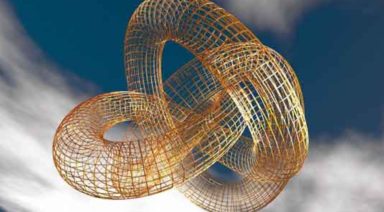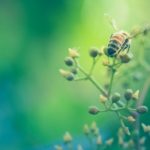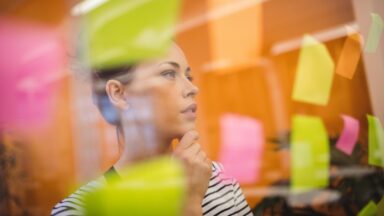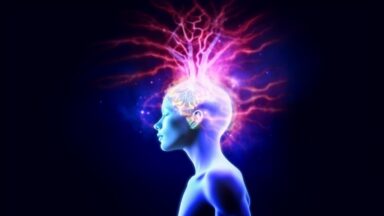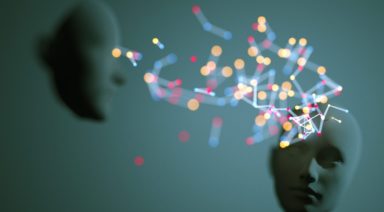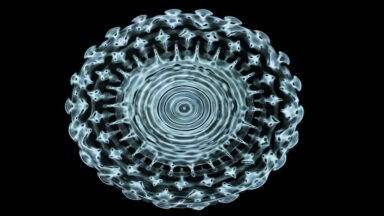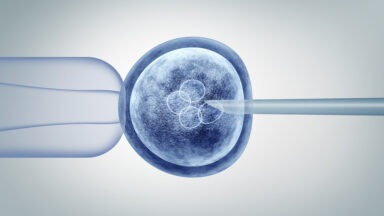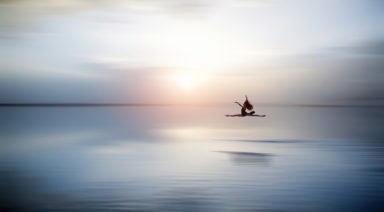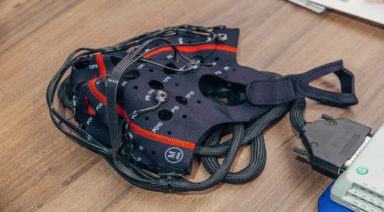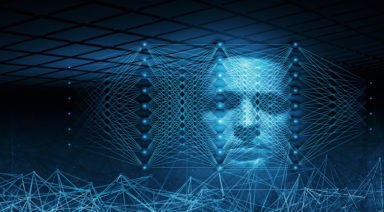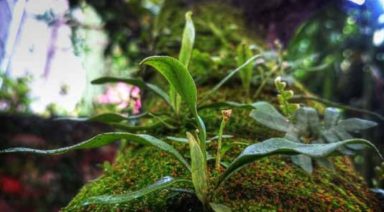Smarter Than a Fifth Grader; Are Pigs Smarter Than We Think?
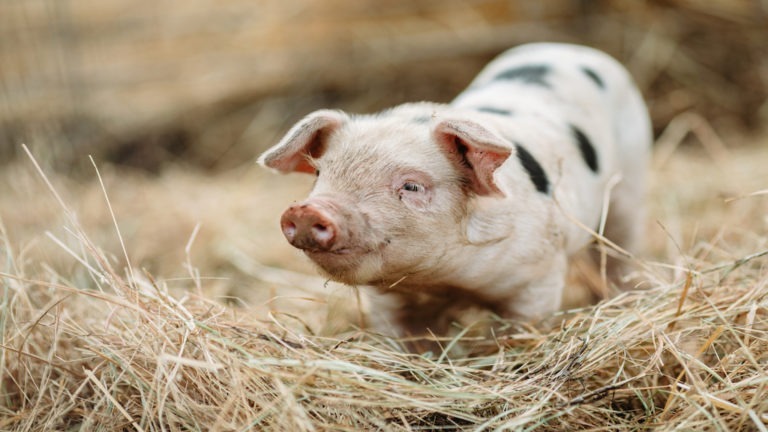
The saying, “when pigs fly,” refers to an event or action most likely never to happen, especially when it comes to flight, and pigs. Pigs are animals we think of in relationship to farms, rolling in the mud to stay cool, snouts buried deep in their troughs. Or perhaps you think of the lovable pig Wilbur, from Charlotte’s Web?
When we consider higher intelligence in animals, we often think about the clever and opportunistic raccoon, or perhaps, our primate relatives, or elephants. But did you know that pigs are considered to be as smart, or perhaps even smarter than any of those animals? A large body of evidence points a curly tail at these largely unsung and highly intelligent animals. Current research shows the porcine population is emerging as one of the smartest animals living, as pig intelligence is studied in medical communities around the world.
Pig Intelligence; Complex and Perceptive Beings
Recent research has shown that pigs are in fact, highly evolved thinking beings, whose intelligence includes a wide range of emotions and complex cognitive capabilities, that include the use of tools and object manipulation. A study entitled “Thinking Pigs,” which explored domestic pigs, discovered high levels of attributes linked to animals normally thought of as the highest in the intelligence scale such as primates, certain birds such as crows, elephants, dolphins, and porpoises.
In the study, pigs displayed intelligence factors such as high and long term memory recall, a wide range of emotions, the ability and desire to learn new skills, curiosity, playfulness, strong social connections, self-awareness, and individualized personalities. Animal scientists have also applied a battery of intelligence tests to pigs that one would associate with primates. For example, in the 1990s, pigs showed they could learn to manipulate a video screen cursor using their snouts. The pigs were also able to tell the difference between repeated patterns and new ones, a behavior they performed better than chimpanzees, who are thought of as the highest on the animal intelligence scale.
But beyond the possible gaming talent pigs may have, one set of skills, in particular, has led many to reconsider pig’s intelligence status.
Pigs Using Tools: Using Their Snouts With Intention
In 2015, Meredith Root-Bernstein, a noted conservation ecologist, was visiting a zoo in Paris, France when she noticed an interesting behavior by “Priscilla,” a Visayan Warty pig, an endangered species from the Philippines. She observed Priscilla picking up a piece of bark with her snout and digging in the dirt with it, behavior she’d never in her years of research, seen or read about before.
Over two periods of time, she and a team videotaped the pig, as well as its family, who repeatedly used the bark “tools,” or sticks, in a process, she noted as being part of their nesting and breeding cycle, and one that was also taught to younger pigs. Her findings published in the journal Mammalian Biology is the first research domestic or wild pigs to have recorded this tool-using ability that pigs share with other highly evolved animals, including primates, dogs, and yes, humans.
Root-Bernstein’s research has opened the door to many questions about how similar humans are to other complex cognitive creatures. Her work and the work of other scientists unfold a story about the evolution of consciousness and intelligence in all animals, human and non-human alike.
Pigs Intelligence; How Cognition May Evolve
Do animals have the same kind of consciousness that humans lay claim to? Marc Bekoff, professor emeritus of Ecology and Evolutionary Biology at the University of Colorado, Boulder, and co-founder with Jane Goodall of Ethologists for the Ethical Treatment of Animals has no doubts as to the existence of consciousness in animals. He cites that the Cambridge Declaration on Consciousness states that “humans are not unique in possessing the neurological substrates that generate consciousness.” Beckoff advocates for us to embrace the existence of consciousness and sentience in animals, and would go a long way to enhance our connection to animals.
Research is shining a light on new findings of the human and non-human brain’s capacity to express emotions and self-awareness. Previously considered to be a purely human neurological capacity, The aforementioned declaration states, “subcortical neural networks aroused during affective states in humans are also critically important for generating emotional behaviors in animals.” From birds to elephants, to pigs, there are striking similarities as to human and non-human consciousness.
The study of animal intelligence and consciousness, as well as non-human tool use, can teach us how all sentient beings have the ability to bring awareness to, and manipulate our world. An example of this was reported in the journal Animal Behaviour in which domestic breeds of pigs displayed the ability to quickly learn to use mirrors as a way to better understand their environment, specifically as it relates to searching out food sources.
The discussions regarding animal consciousness and intelligence, specifically in regards to tool use in primates has led scientists to classify this group of animals as having entered the Stone Age. The crude stone tools regularly employed by chimps and capuchins constitute a kind of stone-based technology. Could the same be said of pigs and their tool capability?
To those who disavow evolution or who believe consciousness belongs solely to humans, this research into the evolution of consciousness in animals might seem alien, threatening to the idea of humans being at the top of the intelligence food chain. However, another and the more expansive way might be to welcome this mounting evidence as an indication of a larger, deeper inner connection between humans and animals, one that has existed since life began.
Psychic Abilities May Stem From a Field of Consciousness

Ever have the feeling that you know you’re being watched? Or the feeling of thinking about someone just before they call? Some believe these feelings are merely coincidental or just happenstance, but the fact that they are common and something everyone can relate to, leaves open the possibility that there could be a metaphysical mechanism at play. Now, researcher Rupert Sheldrake says he believes these occurrences are due to a psychic phenomenon that is evidence of a collective consciousness and he’s found this theory to show statistical significance.
Sheldrake is most famous for his theory of morphic resonance, a concept that revolves around psychic capability, which he believes is innate in humans and animals. Morphic resonance states that processes and behavior in nature, particularly learned behavior, can be inherited and transmitted psychically. This theory has made him somewhat of a pariah in the scientific community, which labelled him a heretic for entertaining such a seemingly nebulous concept. Nevertheless, he embraces the criticism and continues to pursue his research.





